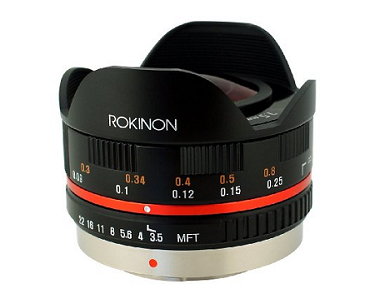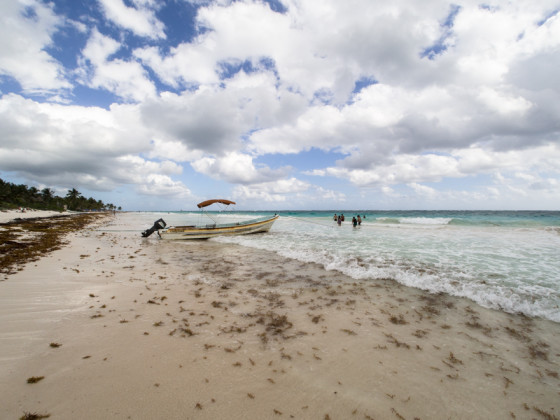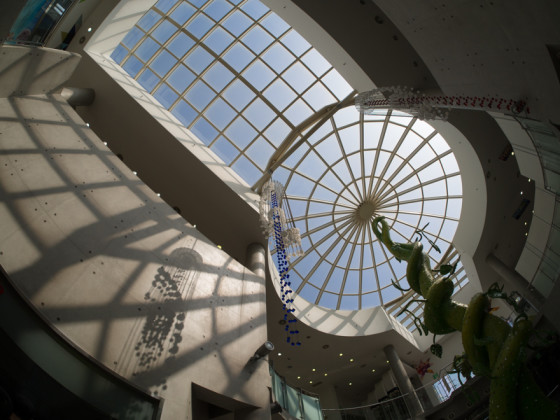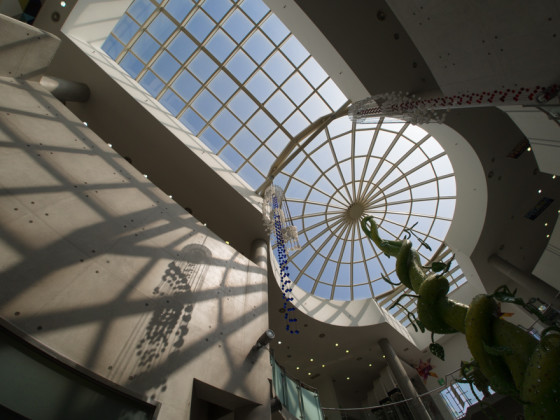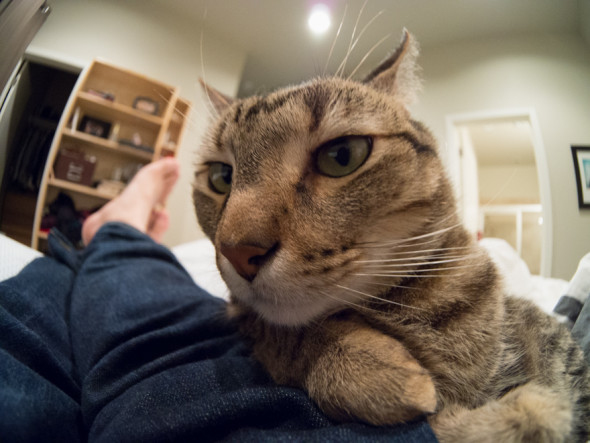
Rokinon 7.5mm Fisheye Review – A Cheap, Compact, and High Quality Super Wide Lens for M43
Fisheyes like the Roknion 7.5mm f3.5 for M43 are specialty lenses that let you capture subjects from a new perspective. By shooting SUPER WIDE and getting some awesome distortion effects (especially at the corners of the frame), you can produce some unique images. That said, fisheye lenses usually aren’t the primary tools in a photographer’s arsenal… mostly because one of their main strengths is also their greatest weakness. Extreme distortion can be cool when you want to take advantage of the effect, but when you aren’t intentionally going for that look it can be offputting (and annoying). And no photographer wants to carry around a heavy lens that they’ll hardly never use.
Some common problems and complaints with fisheye lenses:
- Too much distortion / crazy curved lines
- Expensive to obtain
- Takes up too much space in camera bag
- Not used that often (specialty lens)
So why would anyone in their right mind want a fisheye lens? Well, If you need to shoot extra wide in a tight space, these things are a godsend – the lens covers a 180 degree field of view! Or if you want to capture an image that 1000s of photographers before you haven’t already taken, a fisheye can be a great tool to help you stand out from the crowd.
But do the pros outweigh the cons? And What about the other problems associated with fisheyes… namely price, size, and low frequency of use? Enter the Rokinon 7.5mm Fisheye – a cheap, small, and high quality fisheye lens for Micro 43rds. Because M43 lenses are tiny and light, you might not even notice that the Rokinon / Samyang 7.5mm is in your bag, and carrying it around is no big deal – it weighs only 10 ounces. And at $249 at the time of this writing, it comes at a 50-60% discount over other fisheye lenses for Nikon and Canon DSLRs and for Micro 43rds – mostly because it has a lot less glass than it’s SLR counterparts and the fact that there is no autofocus… which isn’t that big of a deal due to the fact that with wide angle lenses, most everything is in focus all the time.
So that takes care of a few of the main complaints with fisheyes, but what about distortion? There aren’t any Lightroom profiles for the Rokinon 7.5mm fisheye in Lightroom, so is there an easy way to correct those crazy bent lines if you want to? It turns out that it’s quite easy to do that too!
Check out these sample images taken with the Rokinon 7.5mm fisheye lens, each one followed by a version with distortion corrected in Lightroom only – using profiles for the Canon 15mm fisheye, the Nikor 10.5mm DX fisheye, and the Sigma 10mm fisheye lenses.


Beach sunset in Tulum, Mexico captured with the Rokinon 7.5mm fisheye. The 2nd corrected image takes advantage of the Lightroom 5 profile for the Sigma 10mm fisheye lens. Notice that the horizon bows a little in the original image, but it’s completely straight in the corrected photo.
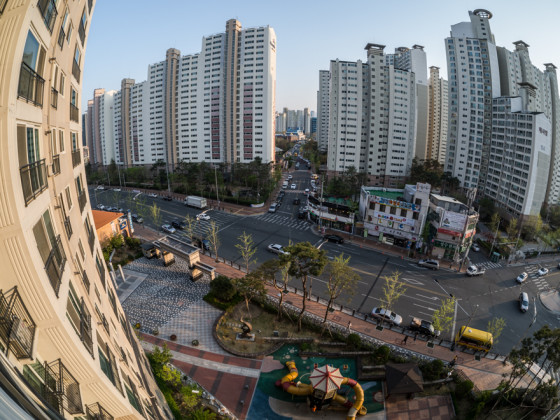
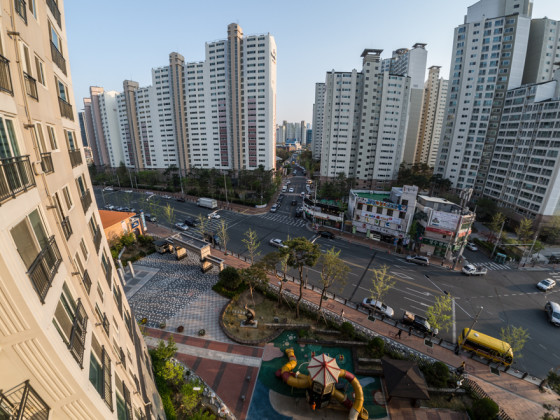
Daegu, South Korea images, the bottom one is corrected with the LR5 Sigma 10mm fisheye profile. Notice how the crazy curve of the building on the left is significantly reduced in the corrected image and the photo looks a lot less comical after the profile is applied.
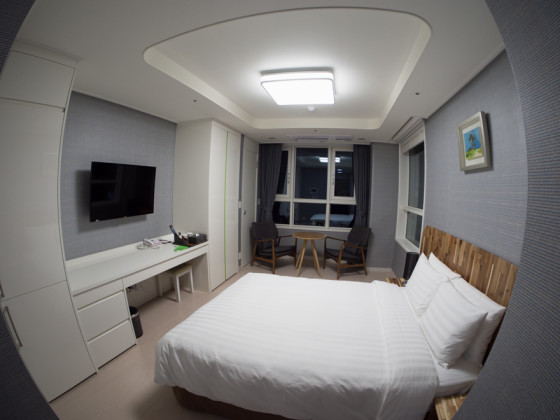

For people that need to photograph tight spaces indoors, a fisheye can be an amazing way to make the space look bigger and show off all the details inside the room. However, the side effect is ridiculously rounded straight lines. This effect can be lessened using Lightroom profile corrections, in this case using settings for the Sigma 10mm fisheye.
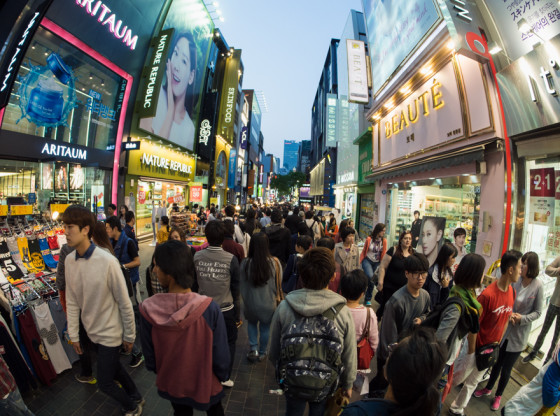

The busy streets of Myeong-dong in Seool, South Korea. Only with a fisheye are you able to capture such a wide field of view, and using the Nikor 10.5mm fisheye profile in Lightroom, it’s easy to take away some of the crazy distortion at the corners. Look at the bottom right corner of the images. In the uncorrected photo, their peoples’ legs are very distorted… but in the corrected image they look fine. In both images, the distortion center is under control… as long as you shoot pretty level at the time of image capture, the center of the frame of a Rokinon 7.5mm image looks fine and the horizon will be relatively straight.
Case in point, even though this second beach image is corrected, there isn’t a huge difference between the photos. When there is an absence of vertical lines in the photo, images captured with this fisheye can look quite normal straight out of camera.
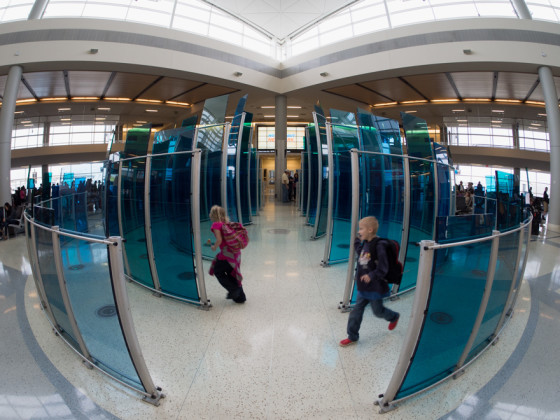

But when there are vertical lines in the photo, the curvature of the glass is quite noticable. Here, I used the Sigma 10mm Fisheye profile in Lightroom to quickly remove some of the exagerrated distortion of the Rokinon fisheye.
I would have never been able to capture this entire impressive ceiling without a fisheye. Even though the lines are curved a bit, the effect is less noticable because the window itself is round… and the whimsical nature of the beanstalk doesn’t call for perfectly straight lines anyways.
OK, so what’s the catch with this lens?
As you can see from the images above, the lines can be tamed under certain circumstances… namely when you are holding the camera level.

But if you tilt the lens up or down, like with any wide angle lens, the curvature becomes more pronounced, and the correction profiles won’t be able to fully compensate for the fisheye effect. This isn’t too big of a deal for me, and I like the cool effect that the fisheye gives.
Also, with no autofocus or electronic aperture control, you have to manually set everything. I typically shoot at F8 with the focus set close to infinity and everything is in focus.
The final thing you should know is that this probably isn’t the best portrait lens. You can get some comical big nose shots for fun (like the cat image up top) or you can use it for environmental portraits to include lots of background, but you will want to put people right near the middle of the frame and a little further back from the camera to minimize distortion.
Would you recommend this lens?
While I wouldn’t say that this should be your first lens for M43, this could be a great 2nd or 3rd lens to add to your collection, especially if you like shooting wide and you don’t have the cash for the alternatives like the Panasonic 7-14 or the Panasonic 8mm fisheye.
Shooting ultra wide and with a fisheye isn’t for everyone, and it takes some practice to get some usable images. Luckily, the live view on LCD of the back of the camera makes this a little easier, and features like an in camera level can help you get lines under control.
RECOMMENDED!
I would recommend the Rokinon 7.5mm fisheye lens to anyone who loves to shoot wide and wants to challenge themselves photographically without spending a huge amount of money.

